ASUS has recently launched their first Ampere Series Phoenix card with the GeForce RTX 3060 Phoenix (PH-RTX3060-12G). The Phoenix features a 2.5 slot design with a single fan and measures just 17.7 x 12.8 x 5.1 cm which makes it the shortest Ampere GPU from ASUS. The card features the NVIDIA standard 1777 MHz boost clock but can be configured with the bundled ASUS software for 1807 MHz. The Phoenix includes three DisplayPort 1.4a connectors and one HDMI 2.1 along with a single 8-pin power connector. The card is now available to purchase from select retailers but official pricing and availability have not been released.
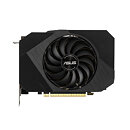
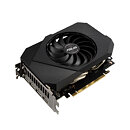
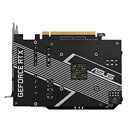
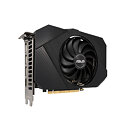
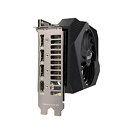
View at TechPowerUp Main Site





View at TechPowerUp Main Site






